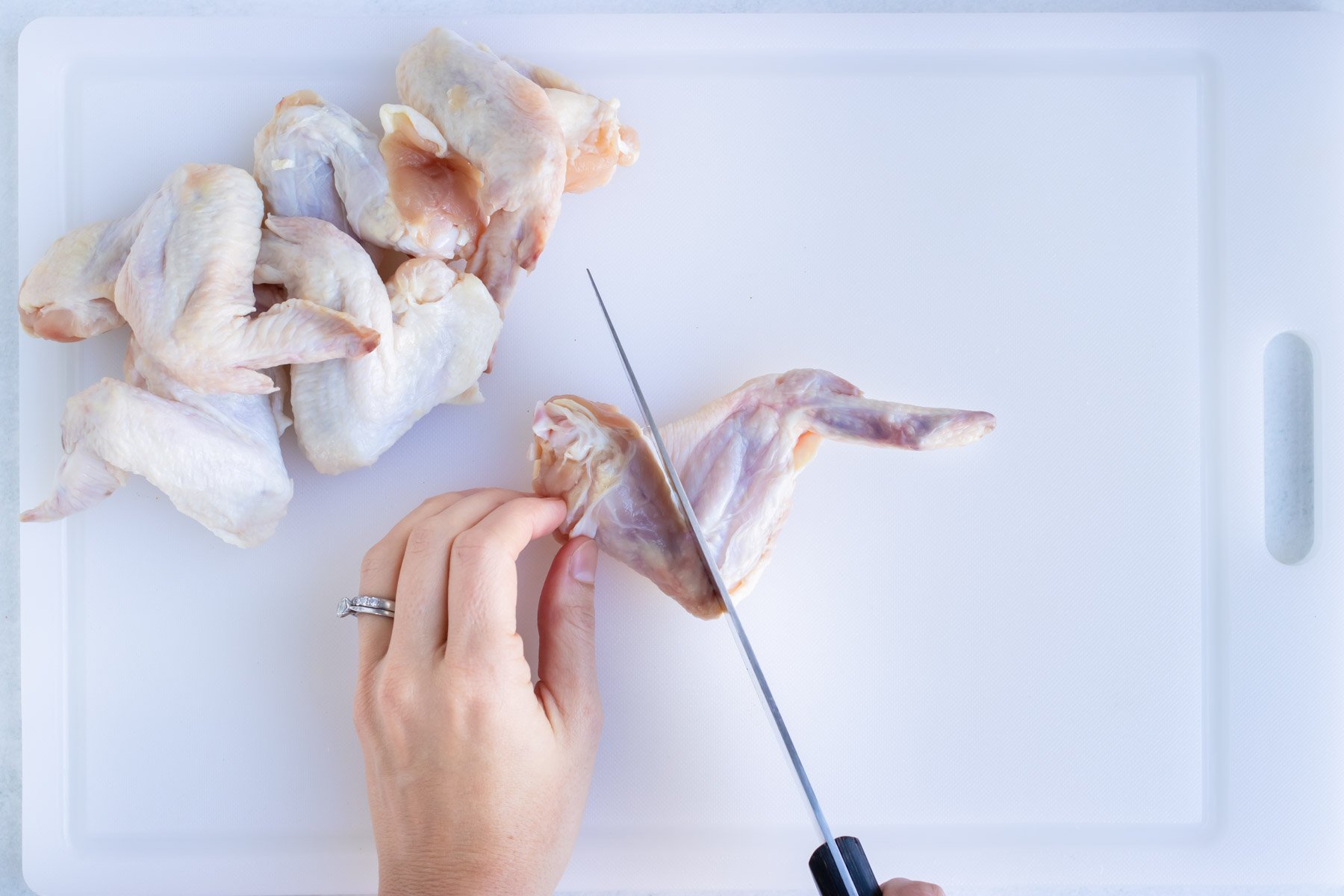How to Use Knife and Fork: An Exclusive Guide for Barbecue Enthusiasts
Written By James Morgan
For even the most passionate barbecue enthusiasts, knowing how to use knife and fork correctly is essential for an optimal dining experience. Whether you are at a backyard barbecue or a fine dining restaurant, mastering this basic etiquette can make your meal more enjoyable and impress those around you.
If you think wielding your knife and fork isn't very important when it comes to barbecues, think again! The right technique can help you savor your meat's nuances and give you an appreciation for all the effort that went into smoking, grilling, and seasoning it. Let's dive into the specifics of how to use knife and fork like a pro.

Why Knife and Fork Etiquette Matters
Knife and fork etiquette isnt merely about appearing sophisticated; its about optimizing your dining experience. Good etiquette ensures that you can enjoy your meal without making it a messy affair. This is particularly important for barbecue lovers who often deal with ribs, steaks, and other meats that can be tricky to handle.
When you know how to use these utensils properly, you contribute to a more enjoyable and elegant dining atmosphere. This skill also displays a level of respect to your host or the chef.
The Basics of Using Knife and Fork
The foundation of good knife and fork etiquette can be distilled down to these core principles:
- Posture: Sit upright and keep your elbows off the table.
- Holding the Fork: Hold your fork in your left hand, with the tines pointing downwards.
- Holding the Knife: Hold your knife in your right hand, using it to cut the food.
- Cutting Technique: Cut your food into bite-sized pieces and dont cut more than a few pieces ahead of time.
- Chewing: Chew with your mouth closed and avoid talking with food in your mouth.
Advanced Knife Skills for Barbecue Lovers
The meat youll encounter at a barbecue ranges from tender brisket to succulent ribs. Knowing how to handle these with your knife and fork can enhance your barbecue experience.
For example, slicing brisket into thin pieces can allow you to appreciate the smoky flavor better. Moreover, using your knife to gently pull apart ribs ensures you get the perfect amount of meat and sauce in each bite.
For further reading on how to use different types of knives, check out this guide.
The Continental Vs. American Styles
There are two primary styles of using a knife and fork: The Continental style, which is prevalent in Europe, and the American style.
In the Continental style, the fork remains in the left hand, and the knife in the right hand throughout the meal. This method is often considered more efficient and elegant.
In contrast, the American style involves switching the fork to the right hand after cutting the food. While this style is more common in the United States, it is often seen as less graceful.
When Fork Meets Knife: Specific Situations
Different barbecue scenarios present unique challenges. For instance, tackling a rack of ribs is different from dealing with a burger or a piece of brisket.
When eating ribs, use your knife to slice between the bones, ensuring each rib is cut neatly. For burgers, use your fork and knife to cut bite-sized pieces if you prefer not to use your hands.

Taking It to the Next Level: Serving Others
Beyond using the knife and fork for personal use, knowing how to serve others is a valuable skill. For barbecue enthusiasts hosting their gatherings, being able to carve and serve meats properly elevates the entire experience for guests.
Check out our guide on how to use a Japanese boning knife for perfect meat cuts.

Conclusion: Mastering Knife and Fork Etiquette
Mastering the use of a knife and fork not only enriches your dining experience but also showcases your appreciation for the culinary arts. From slicing brisket to serving guests, the right techniques can elevate any barbecue event.
So the next time youre at a barbecue, put these tips into practice and watch your dining experience transform. And remember, whether you're using the Continental or American style, the important thing is to enjoy your meal and respect the food in front of you.
Frequently Asked Questions
What is the correct way to hold a fork and knife?
The correct way to hold a fork is in your left hand, tines pointing down, and the knife in your right hand for cutting.
What are the differences between the Continental and American styles?
The Continental style keeps the fork in the left hand and the knife in the right throughout the meal, while the American style involves switching the fork to the right hand after cutting.
How can knife and fork etiquette enhance my barbecue experience?
Proper knife and fork etiquette can help you enjoy your meal more and show respect to your hosts or chef. It also ensures a cleaner and smoother dining experience.
Read more about placing your fork and knife after youre done here.
As an Amazon Associate, I earn from qualifying purchases.



